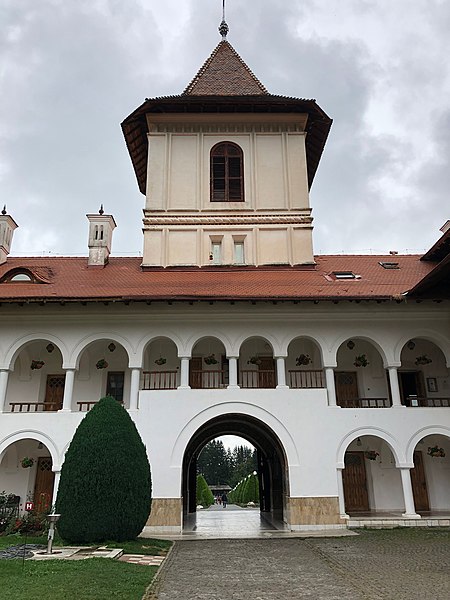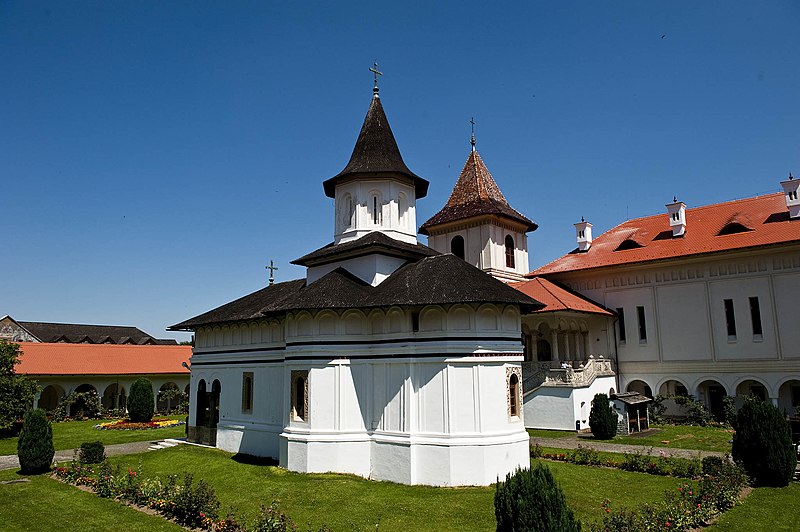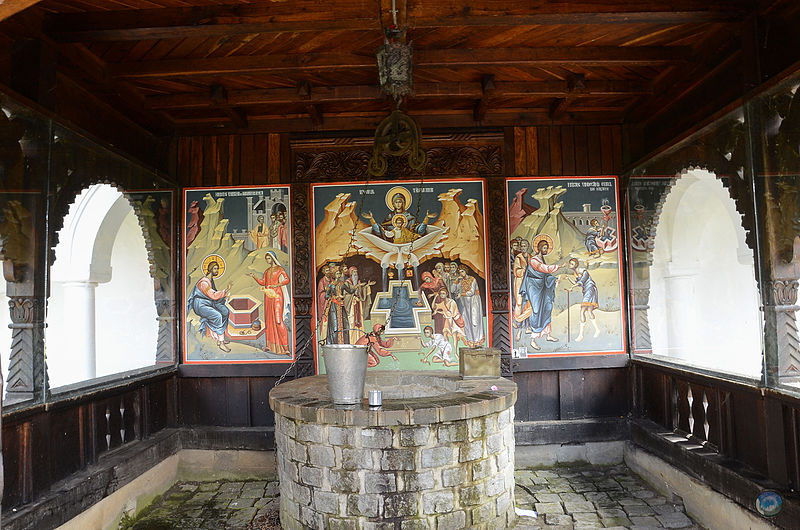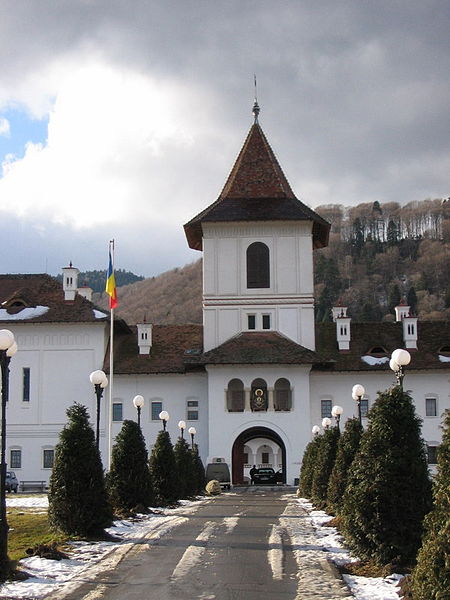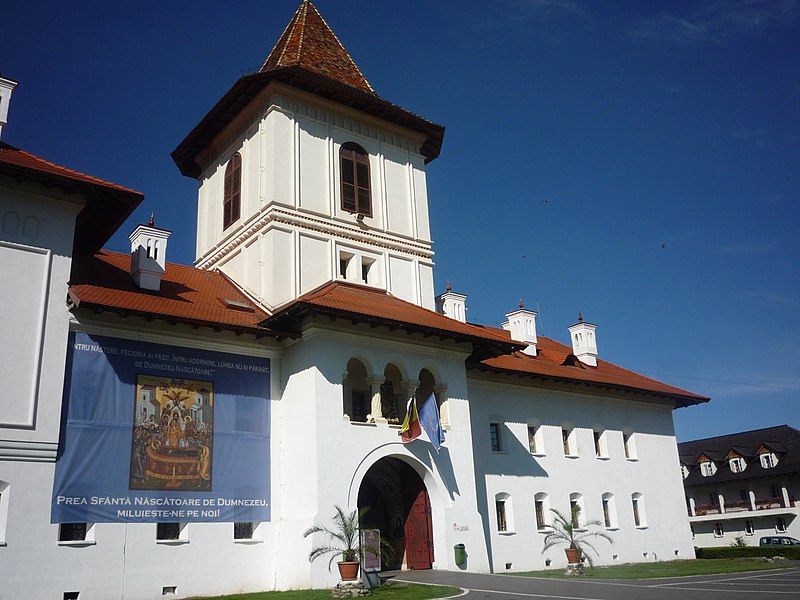Sâmbăta de Sus Monastery
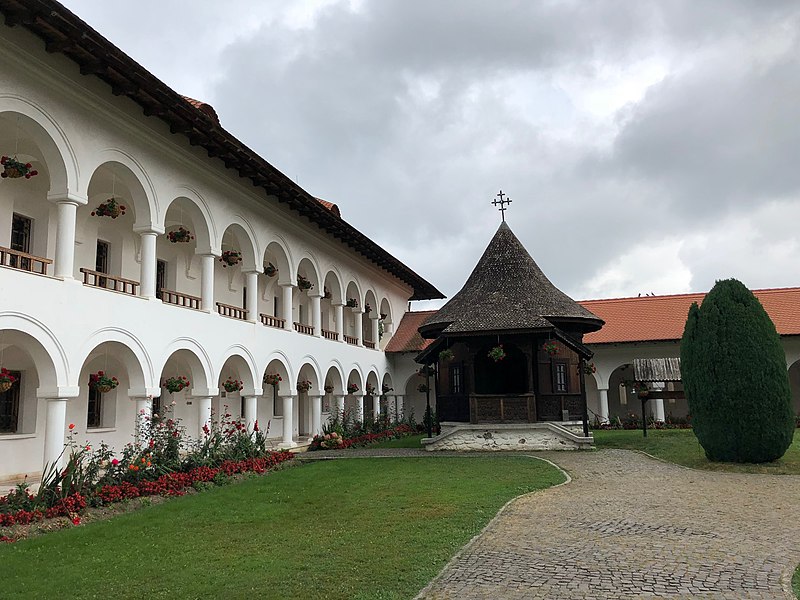
Facts and practical information
Nestled in the heart of Romania's Carpathian Mountains, the Sâmbăta de Sus Monastery stands as a beacon of spiritual serenity and architectural beauty. This Orthodox haven, also known as the Brâncoveanu Monastery, is one of Romania's most treasured religious sites, attracting both the faithful and history enthusiasts alike.
Founded in the late 17th century by the Wallachian prince Constantin Brâncoveanu, the monastery showcases the distinctive Brâncovenesc style, which is renowned for its intricate balance of Ottoman and Renaissance influences. The complex is characterized by its harmonious lines, arched openings, and elaborate stone carvings, embodying the cultural fusion that is characteristic of this region's history.
The monastery serves not only as a place of worship but also as a repository of Romanian heritage, housing a rich collection of religious artifacts, icons, and manuscripts. The main church, dedicated to the Assumption of the Virgin Mary, is the crown jewel of the complex, adorned with frescoes and an impressive iconostasis that capture the essence of Orthodox spirituality.
Over the centuries, Sâmbăta de Sus Monastery has withstood the test of time, including periods of decline and subsequent restoration efforts. Today, it continues to be an active monastic community, where visitors can partake in services, explore the tranquil grounds, and immerse themselves in the contemplative atmosphere that pervades this sacred space.


